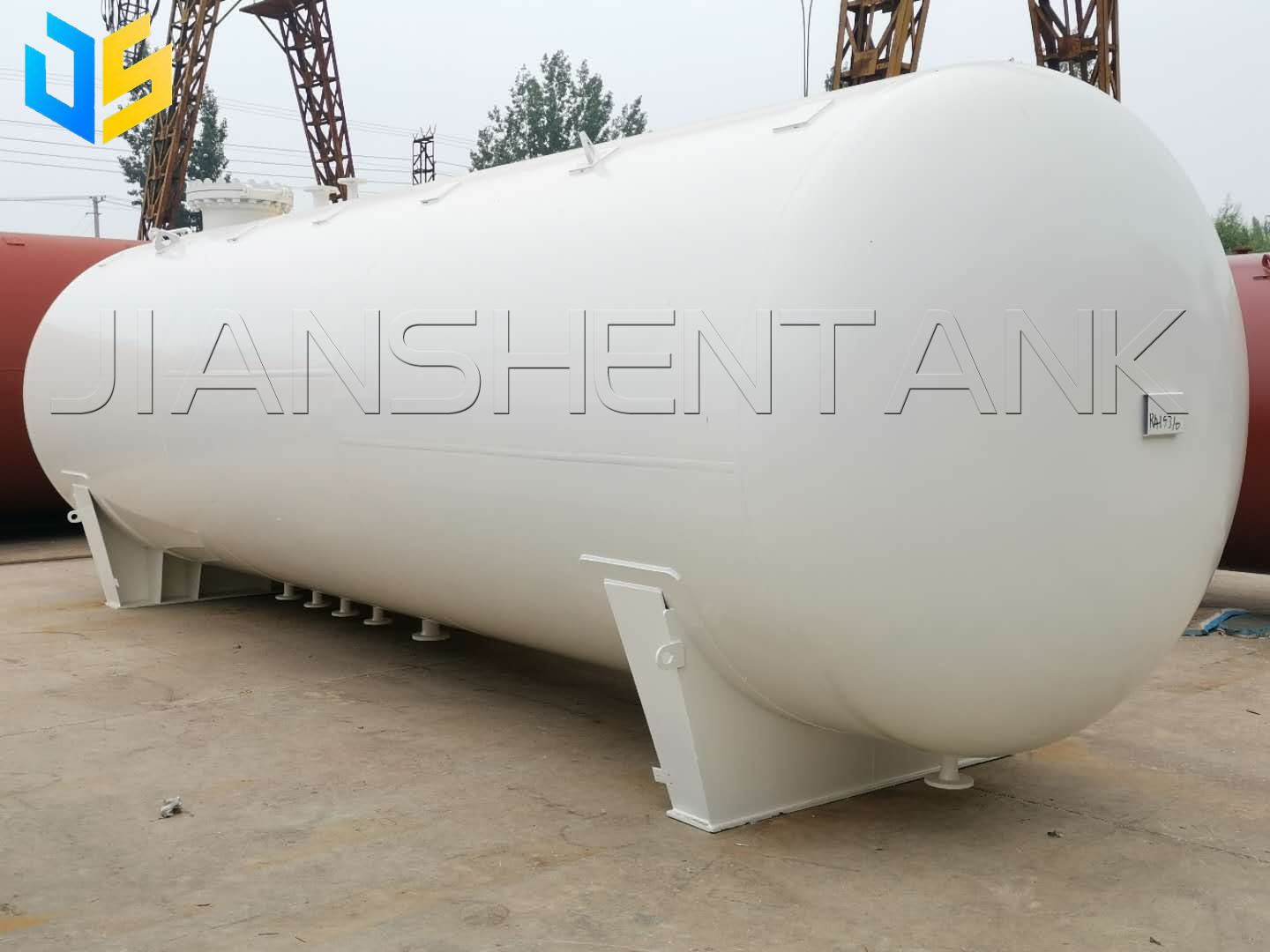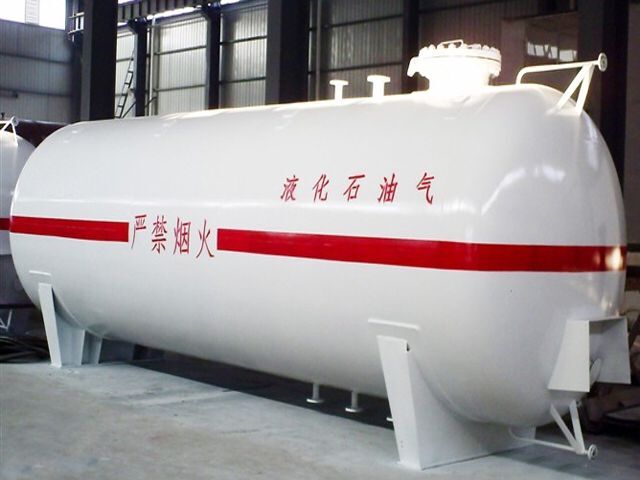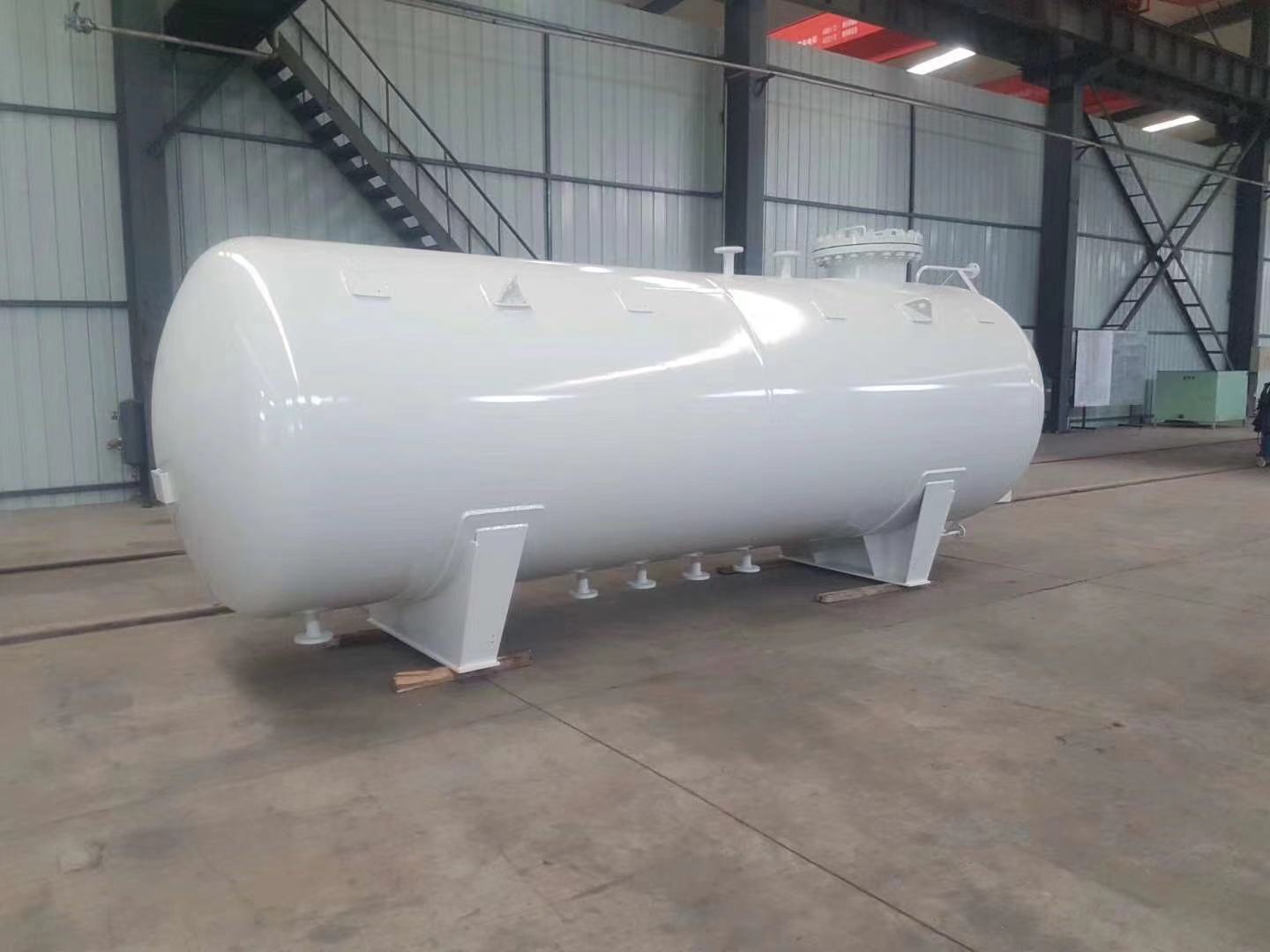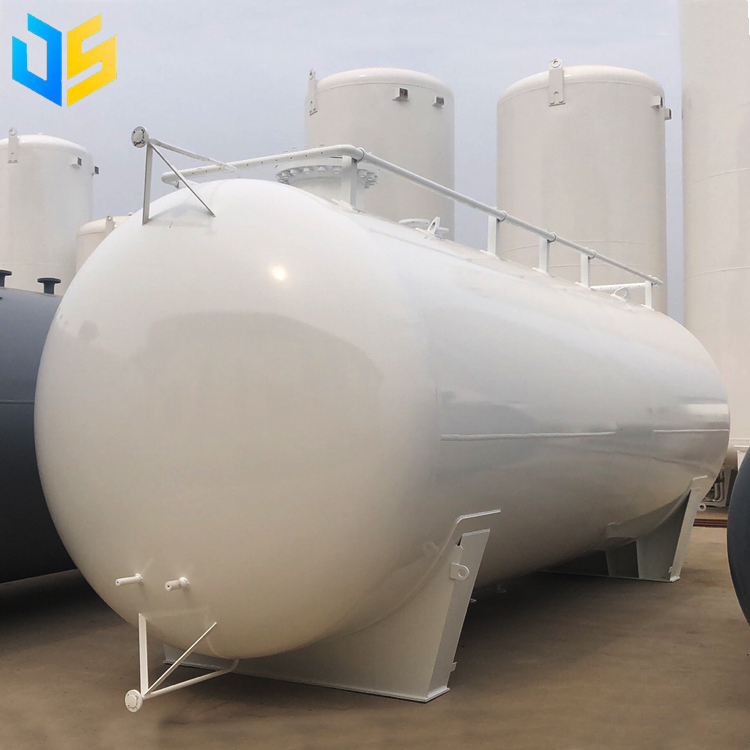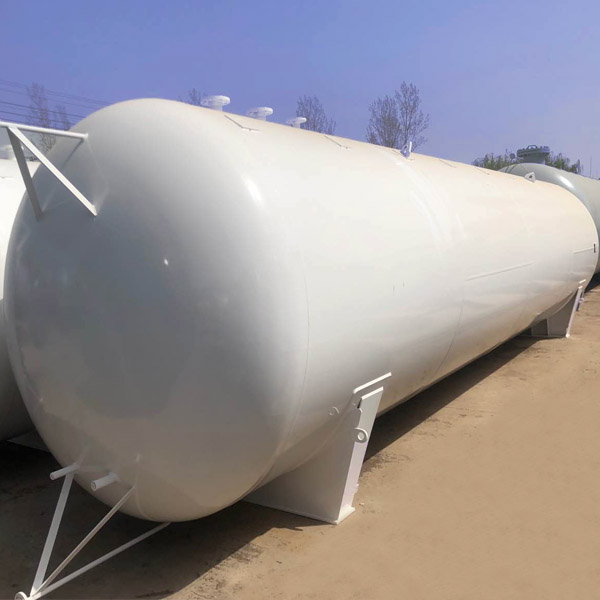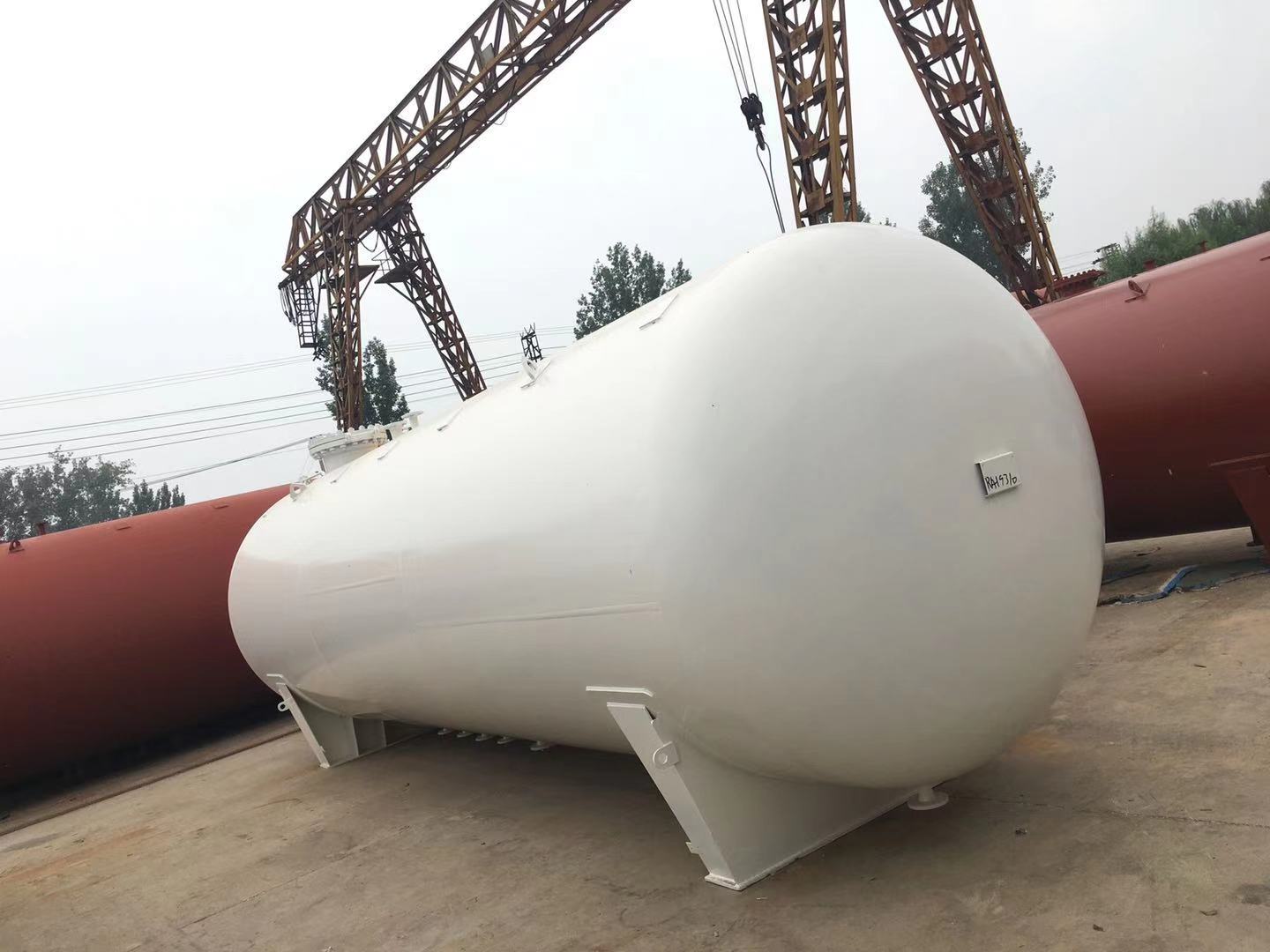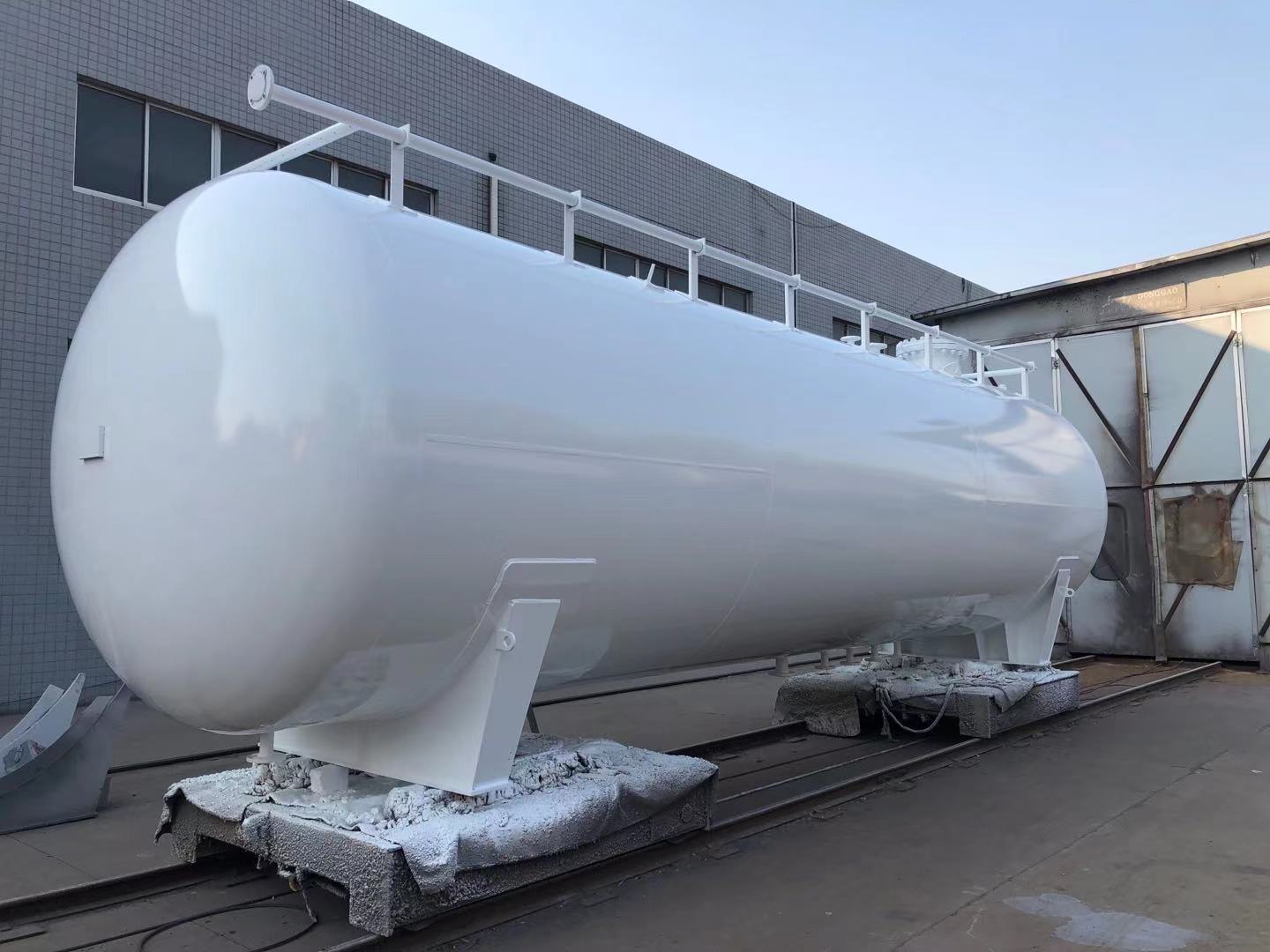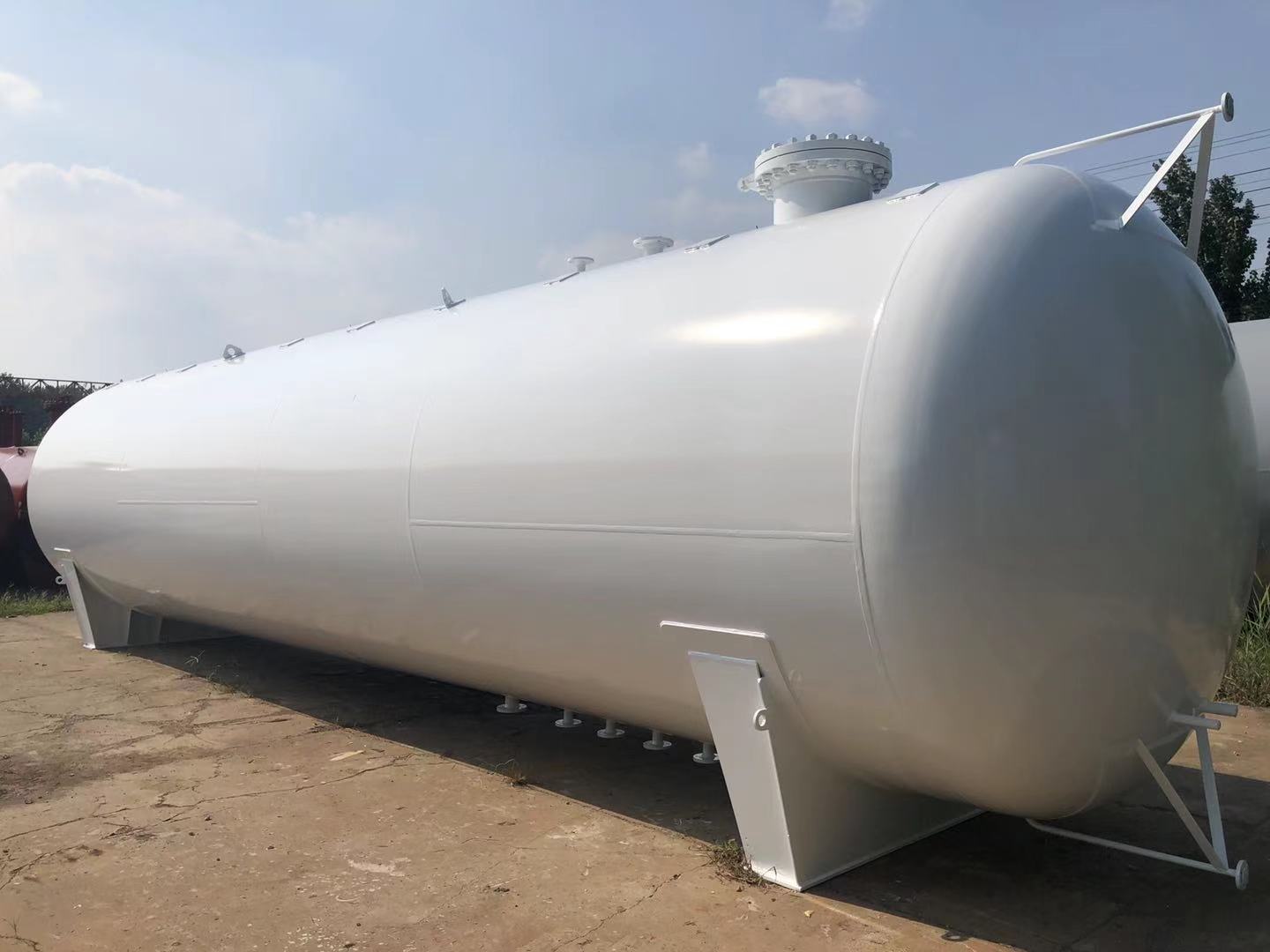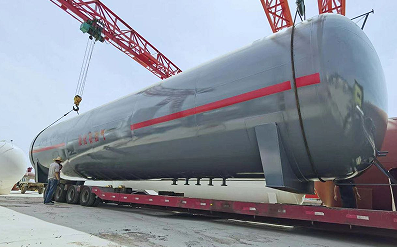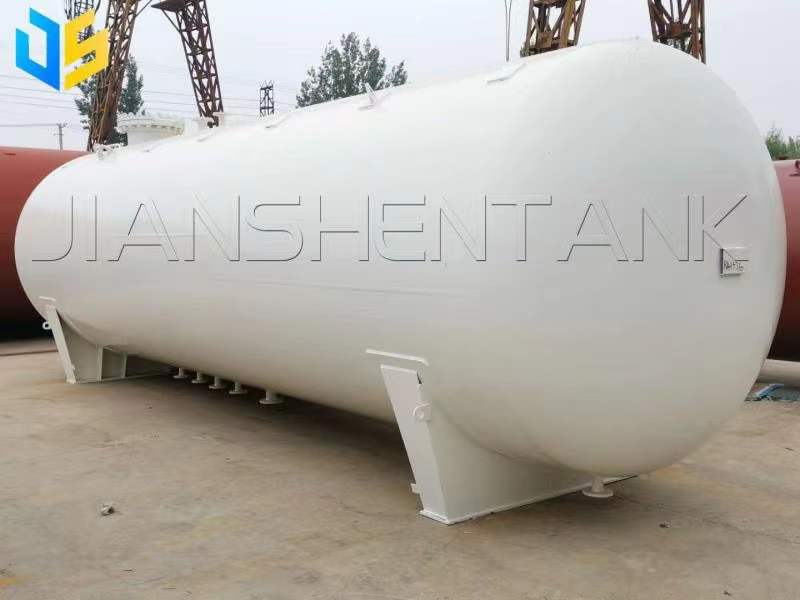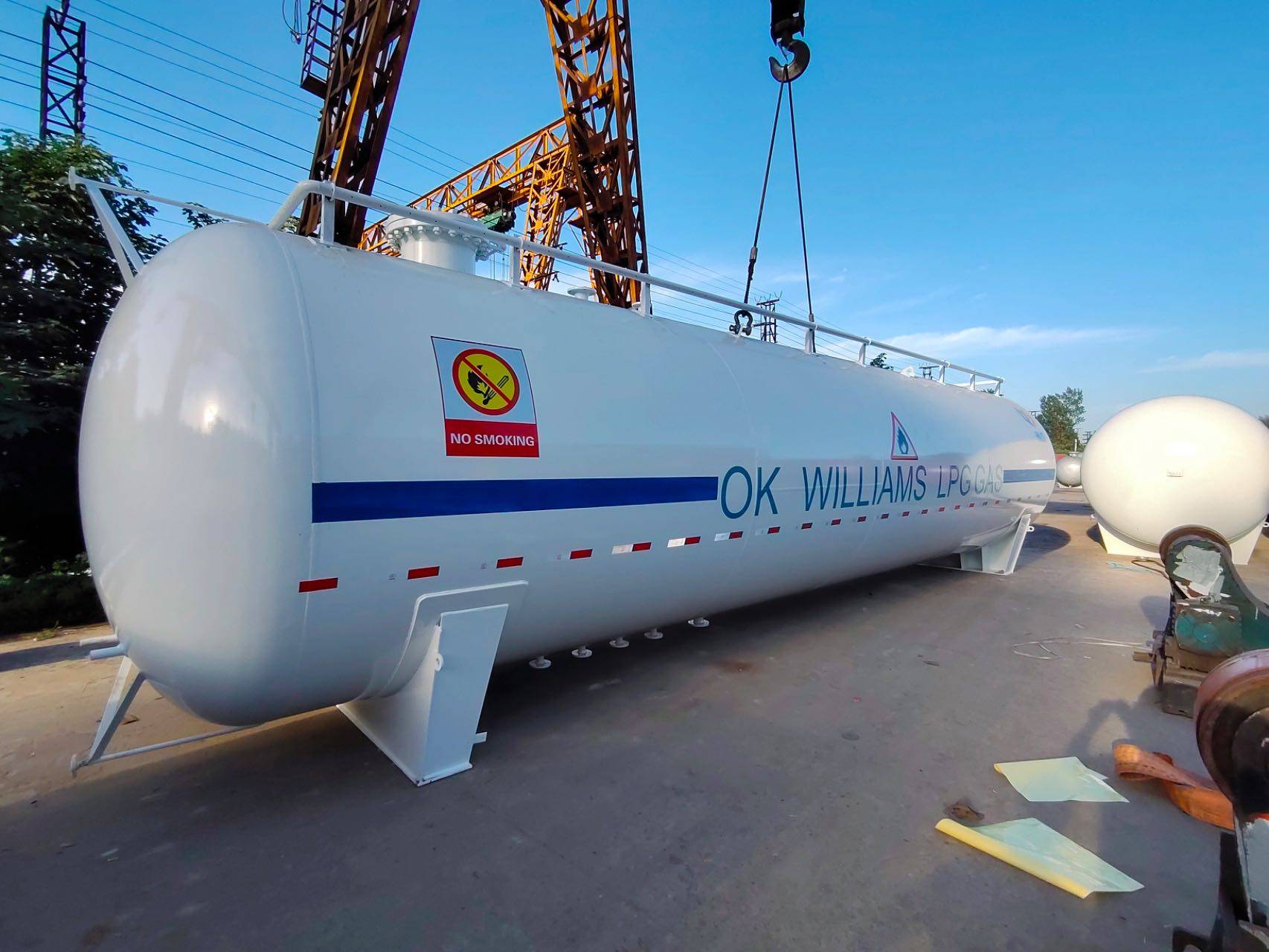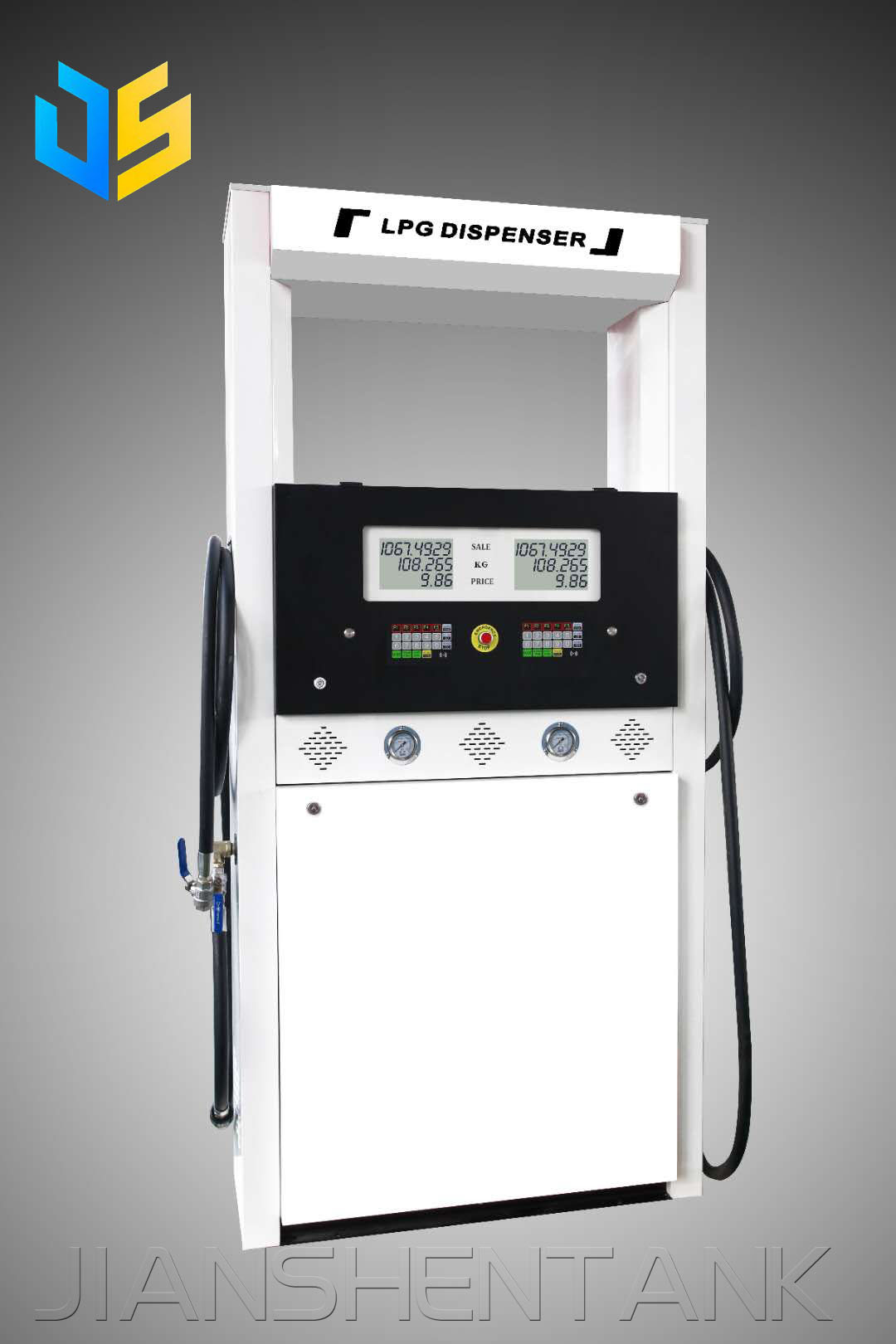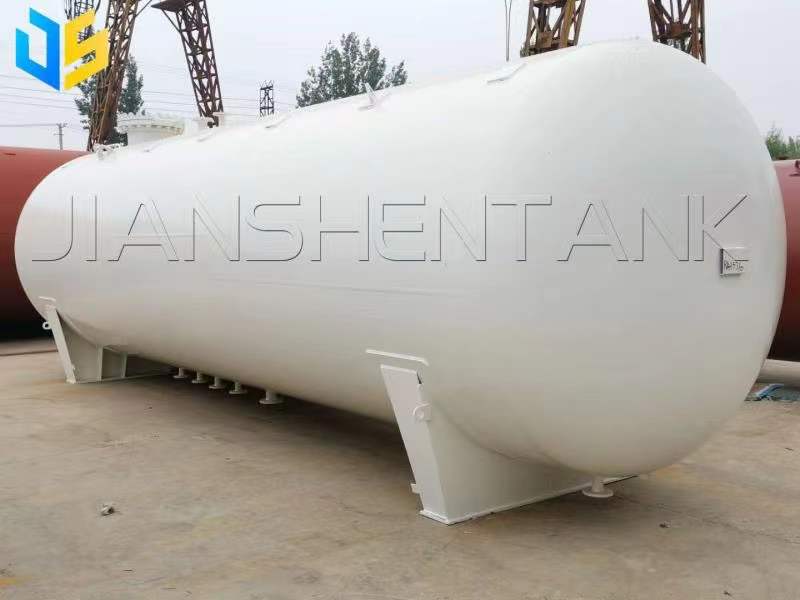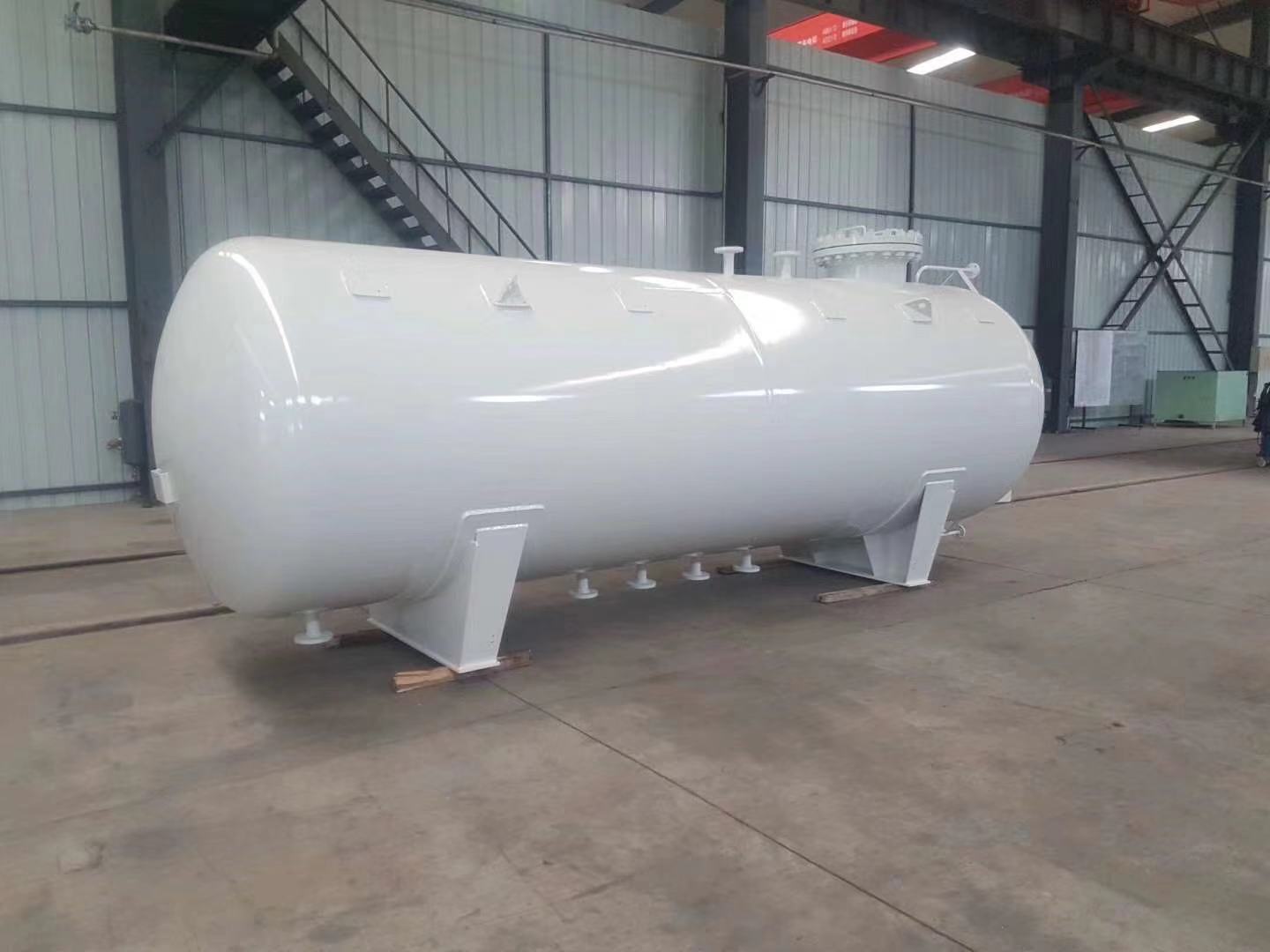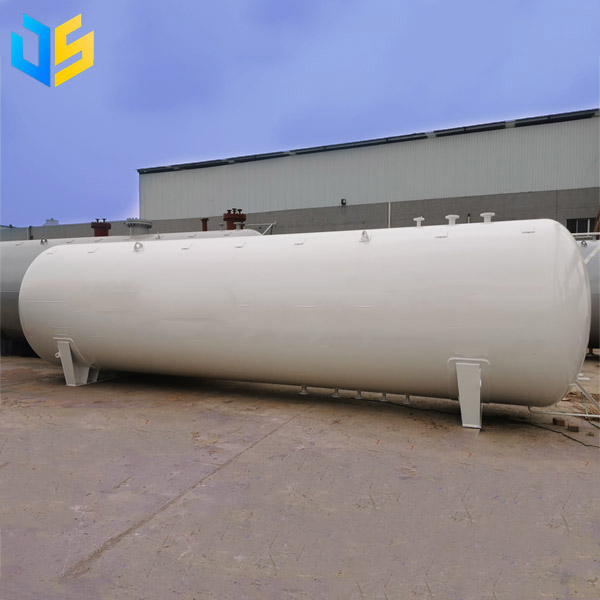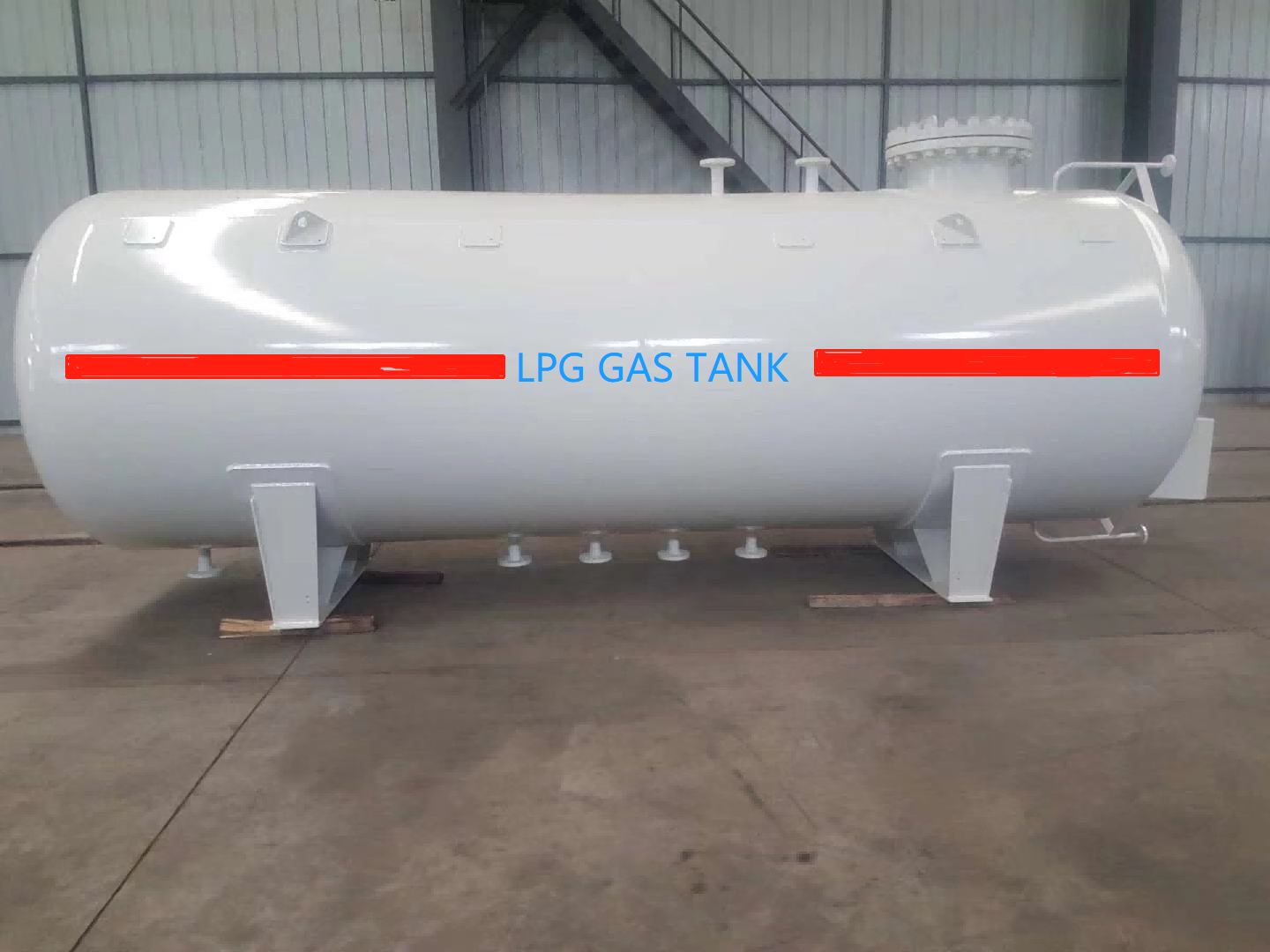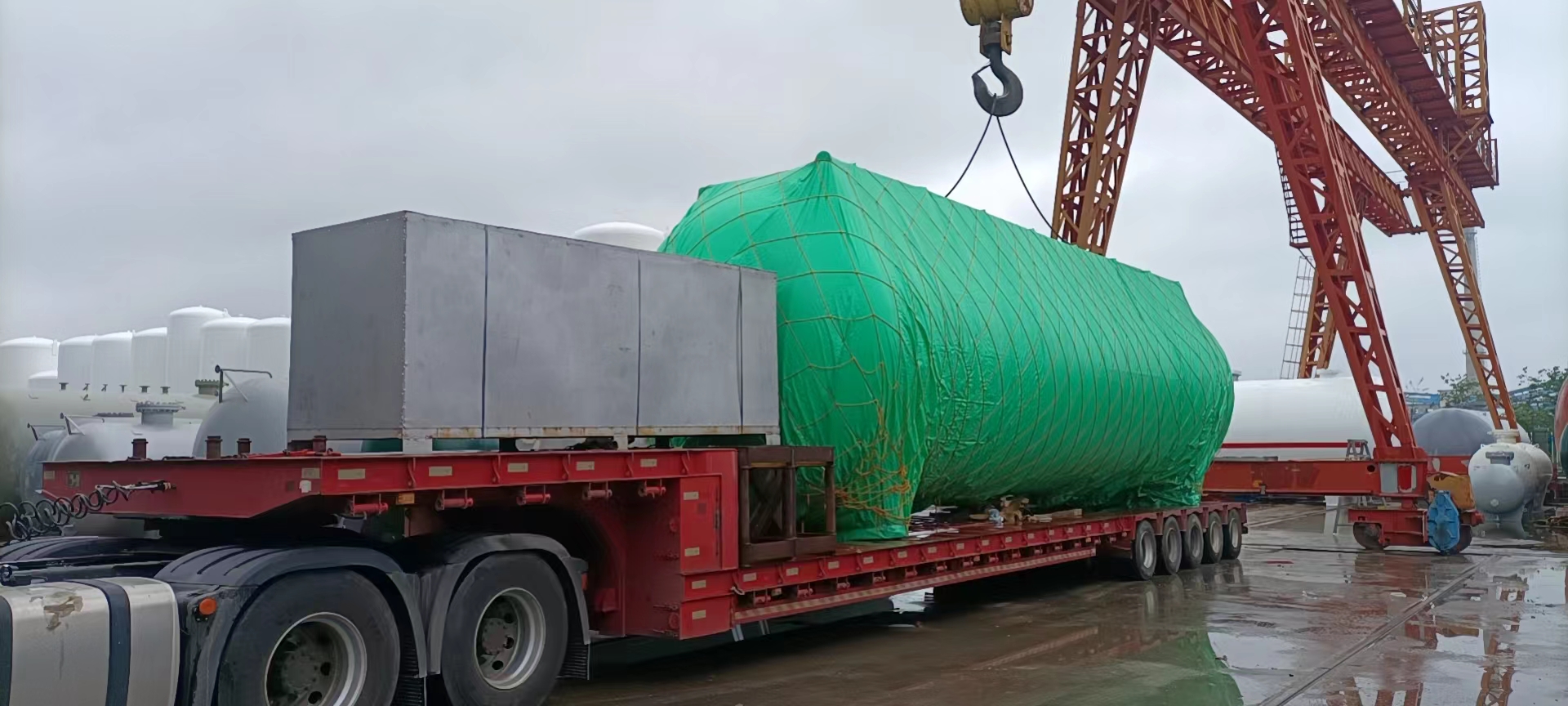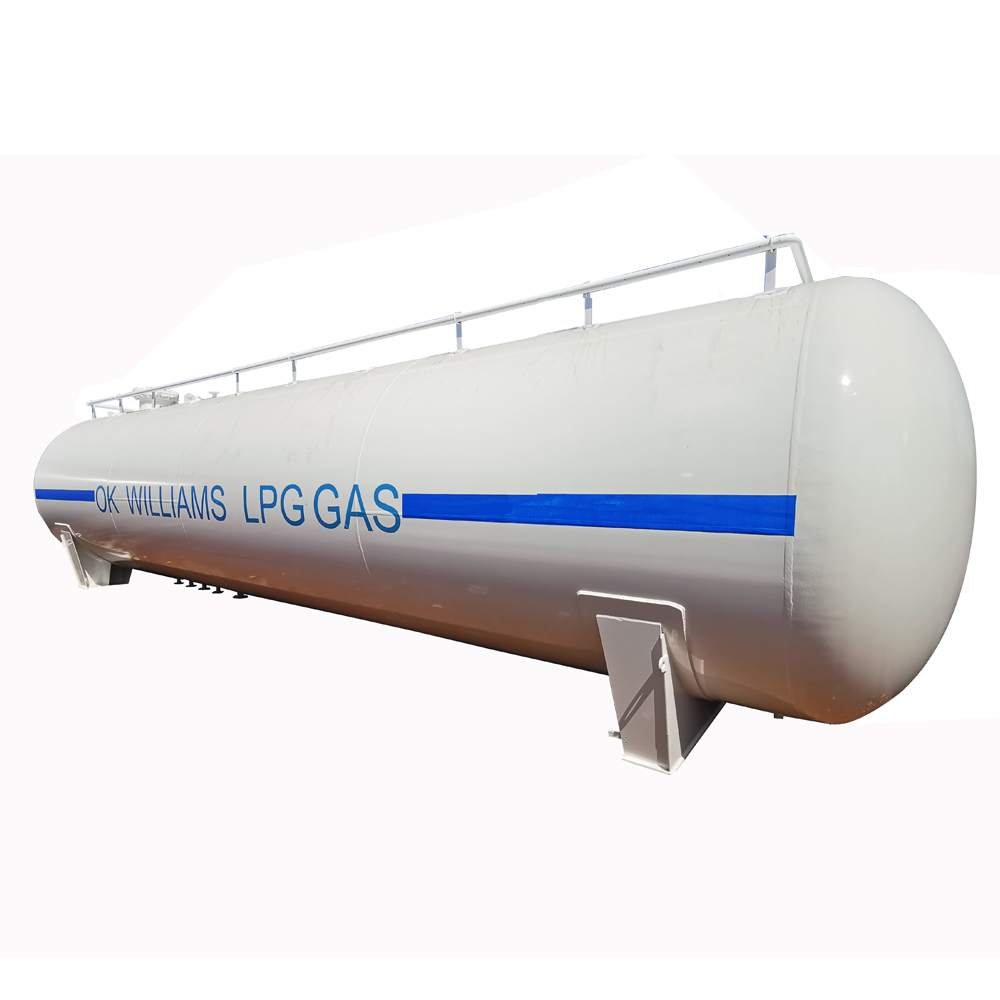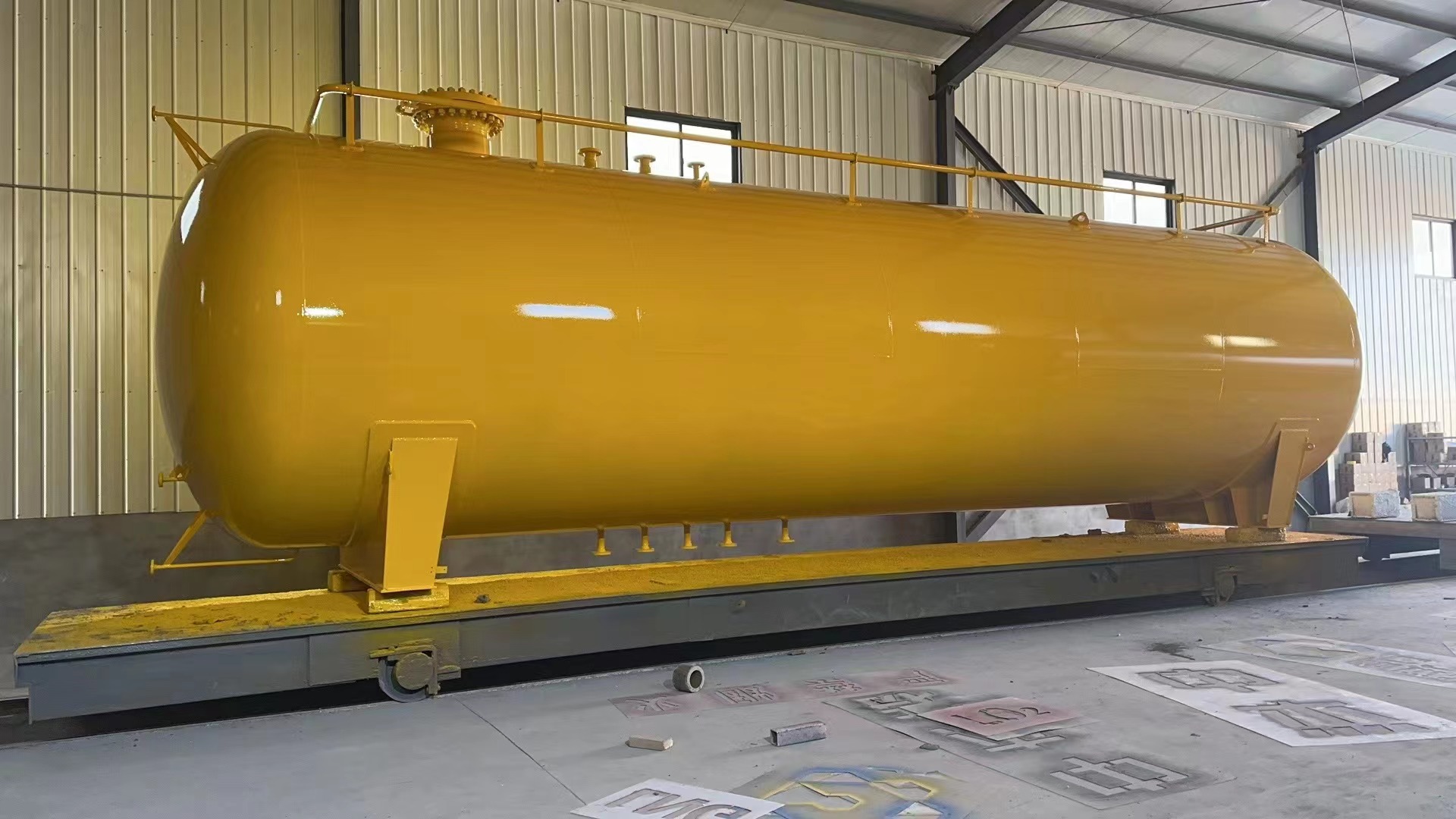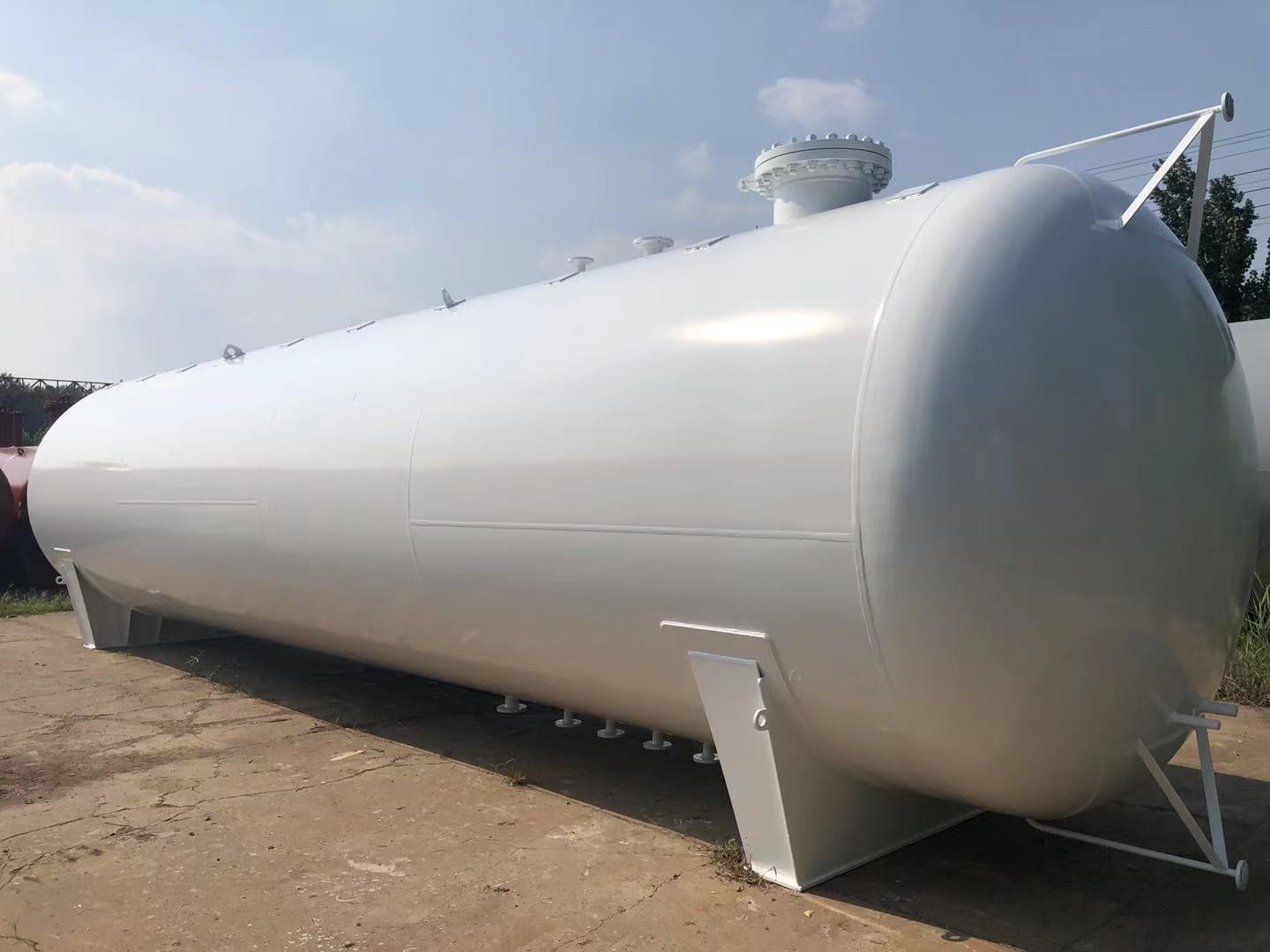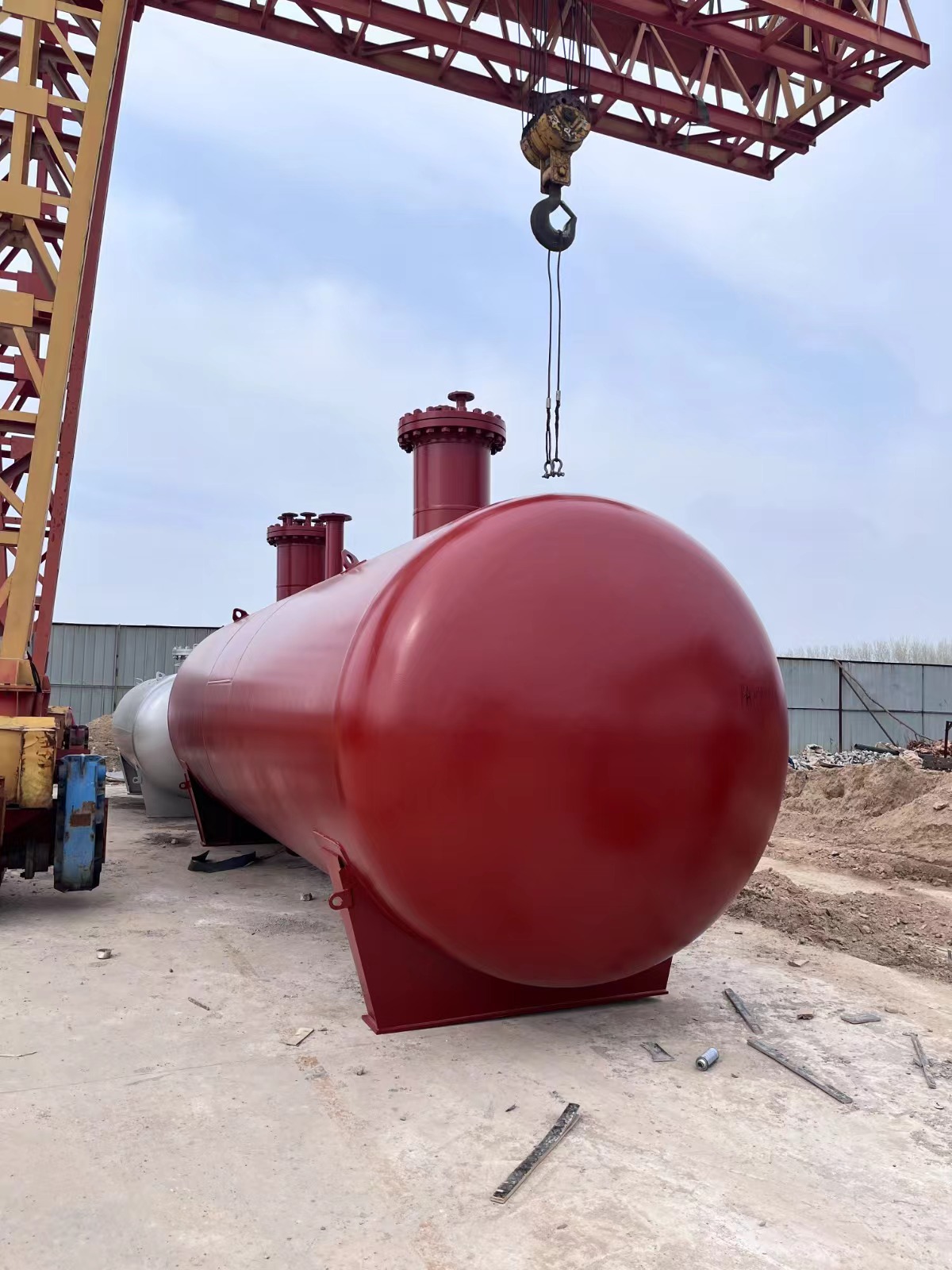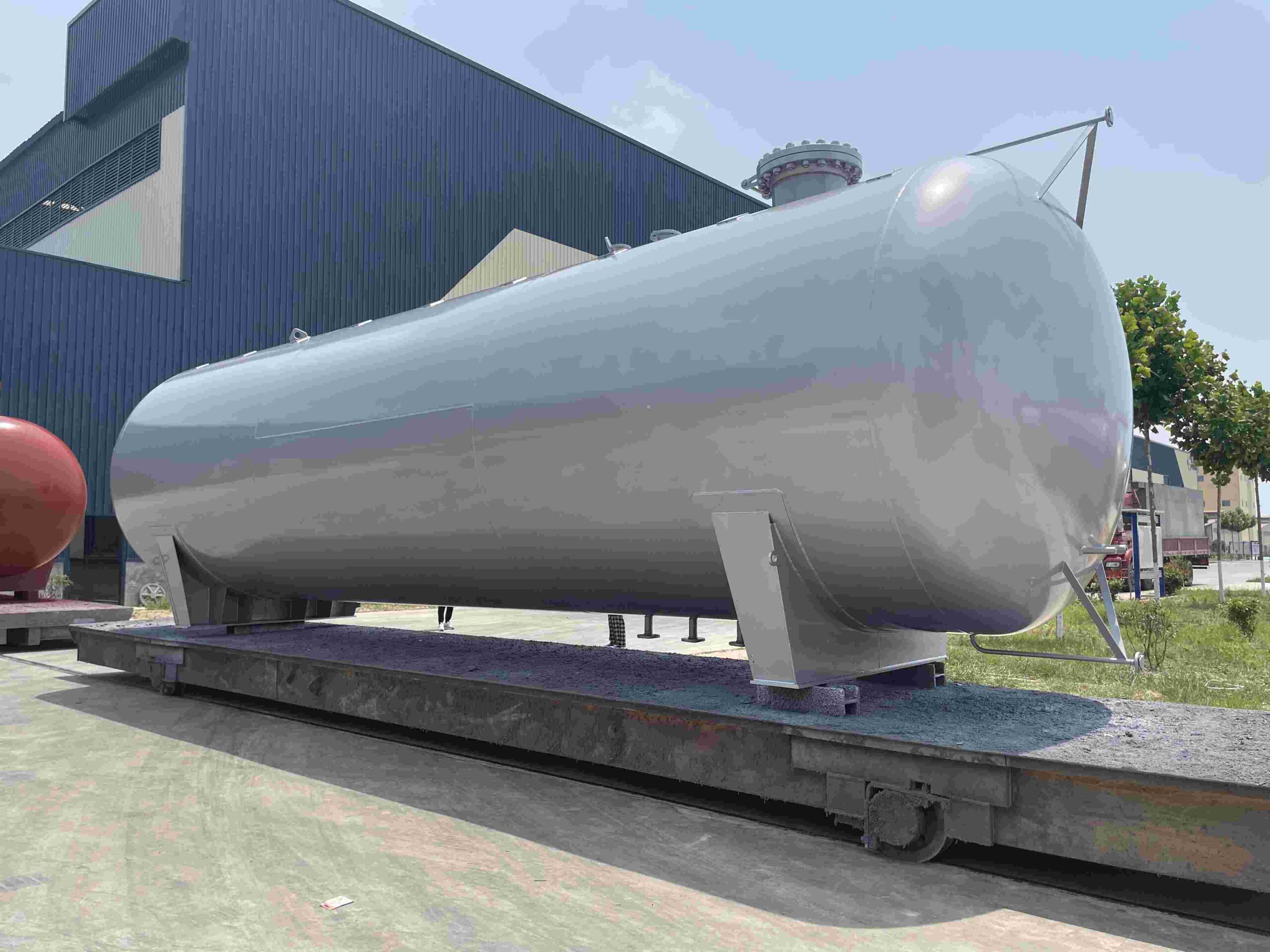Liquefied petroleum gas (LPG) storage tanks are widely used in various scenarios
Liquefied petroleum gas (LPG) storage tanks are widely used in various scenarios, including but not limited to the following major application areas:
Industrial applications:
LPG storage tanks are commonly used in industry to supply fuel for heat treatment, metal cutting, welding and other production processes.
It can also be used in industrial boilers, hot water supply systems and other heating equipment.
business use:
For commercial purposes such as fuel supply for kitchen equipment in restaurants, hotels and other commercial establishments.
Provides fuel for hot water and heating systems.
Residential use:
Supply of domestic fuel for cooking, heating and hot water.
In some areas, LPG storage tanks are used to replace places where natural gas is not easily accessible.
Agricultural use:
In agriculture, LPG can be used to supply hot water and energy, as well as power agricultural equipment.
Used for greenhouse heating and livestock breeding.
Transportation:
LPG is used as an alternative fuel for certain vehicles, such as LPG cars, buses and taxis.
Supply of storage tanks for LPG gas stations.
Storage and backup:
LPG storage tanks can be used to store liquefied petroleum gas for backup or peak supply.
In some remote areas, LPG storage tanks are used to provide energy independence.
Construction and construction sites:
Supplying building heating, hot water and other energy needs in buildings and construction sites.
Mobile LPG storage tanks are available for temporary projects.
Energy backup:
As part of energy backup, it is used in areas far away from main energy pipelines.
Provide alternative energy sources during natural disasters or emergencies.
When using LPG storage tanks, safety standards and regulations must be followed to ensure their safety and compliance. The design and operation of LPG storage tanks should comply with relevant international, national and local safety regulations.

